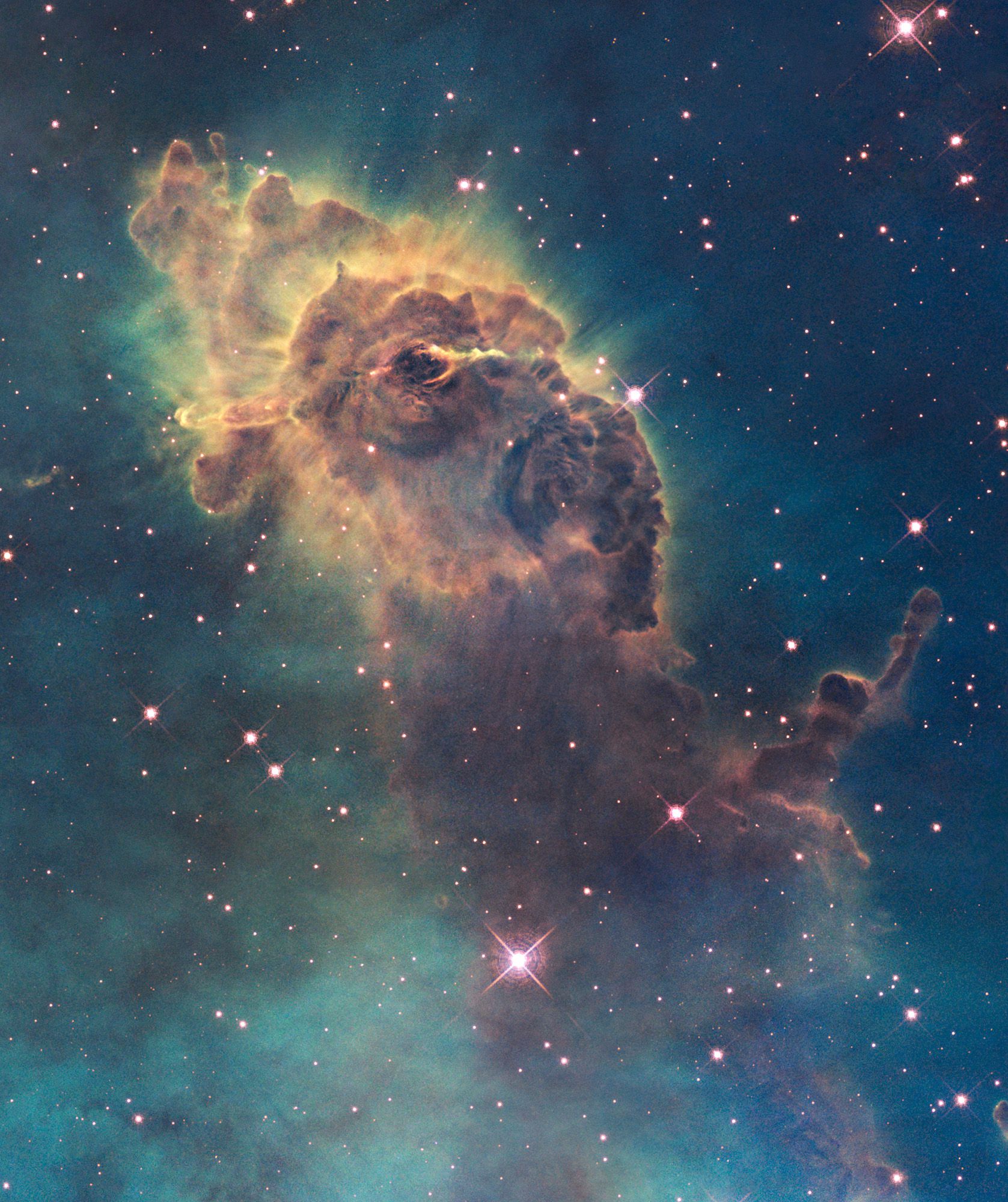
MIT astronomers and other individuals at universities in the United States and Canada detected a “heartbeat” radio signal billions of light-years away from Earth, according to MIT News.
The signal was found to last up to three seconds — 1,000 times longer than the average radio burst — and repeat every .2 seconds, like a heartbeat, according to the press release.
“It was unusual,” said Daniele Michilli, a postdoc in MIT’s Kavli Institute for Astrophysics and Space Research. “Not only was it very long, lasting about three seconds, but there were periodic peaks that were remarkably precise, emitting every fraction of a second — boom, boom, boom — like a heartbeat. This is the first time the signal itself is periodic.”
This discovery is monumental in that, according to experts, the radio signal is the longest-lasting with the clearest repeating pattern that has been detected. These findings were published in the journal Nature on July 13 and co-authored by MIT’s Calvin Leung, Juan Mena-Parra, Kaitlyn Shin and Kiyoshi Masui as well as Michilli.
“There are not many things in the universe that emit strictly periodic signals,” said Michilli. “Examples that we know of in our own galaxy are radio pulsars and magnetars, which rotate and produce a beamed emission similar to a lighthouse. And we think this new signal could be a magnetar or pulsar on steroids.”
Astronomers who discovered this “heartbeat” radio signal — said that they are hoping to continue to watch it and better understand what its source is, said the press release.
“This detection raises the question of what could cause this extreme signal that we’ve never seen before, and how can we use this signal to study the universe,” Michilli said.
___
© 2022 Advance Local Media LLC
Distributed by Tribune Content Agency, LLC.